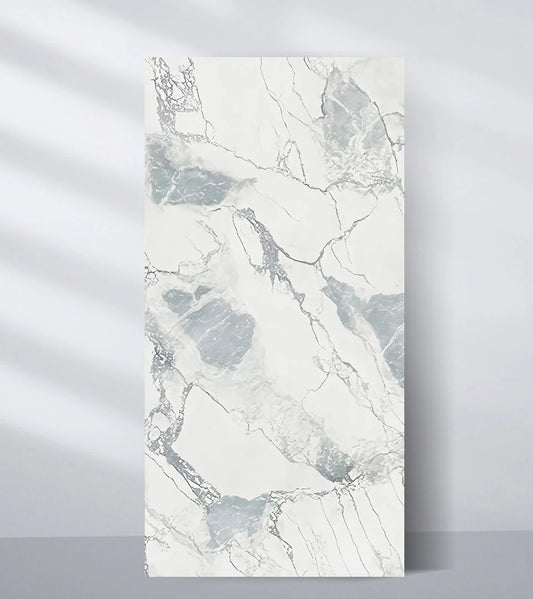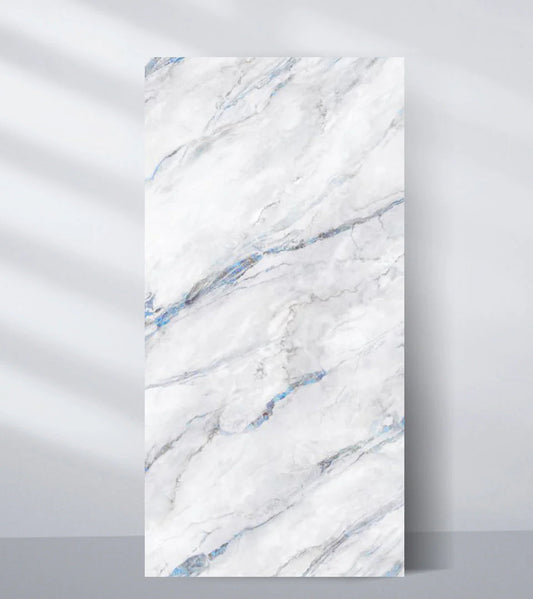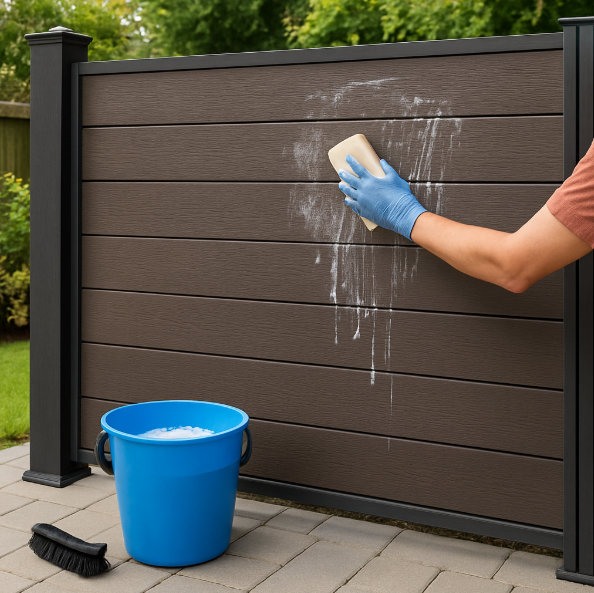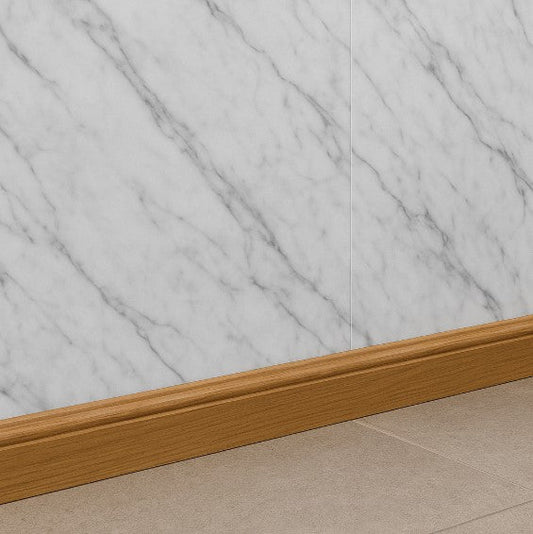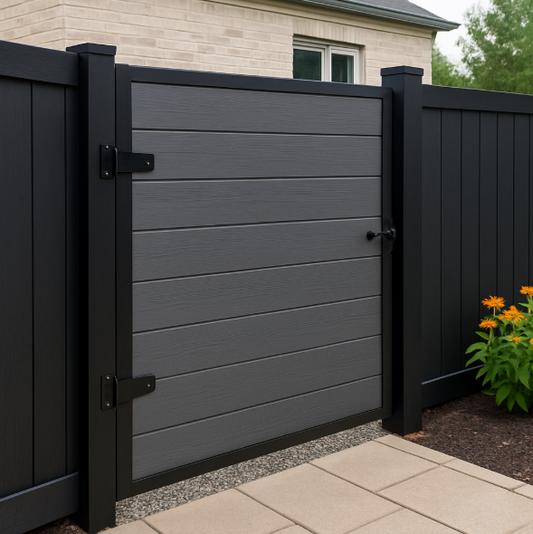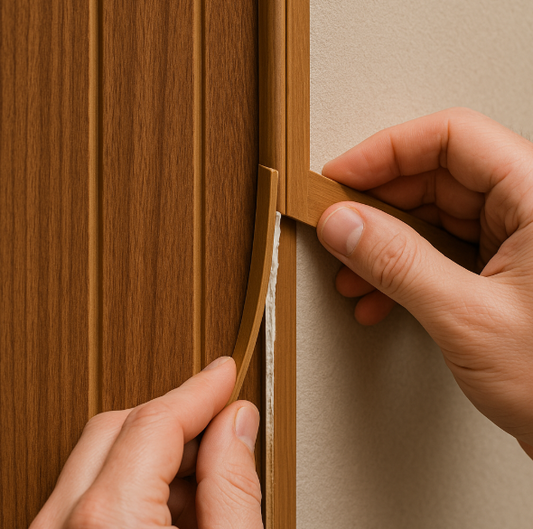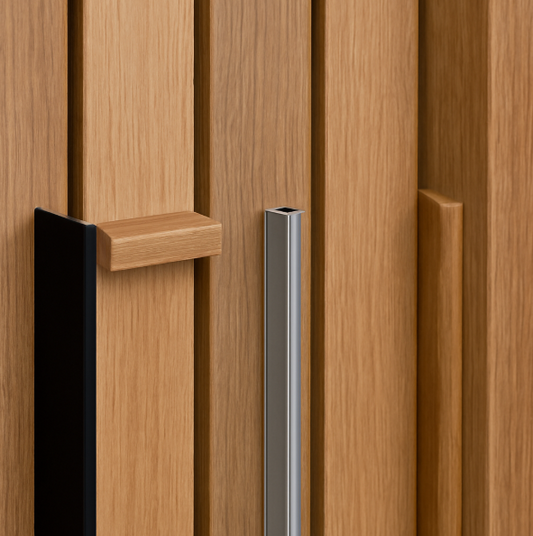Composite fencing is celebrated for its durability, modern appeal, and low-maintenance features, making it a favorite choice for homeowners and commercial property owners alike. But while it doesn’t demand the frequent staining or painting that wood does, it still needs basic care to retain its beauty and performance over the years.
Whether you’ve recently installed a composite privacy fence or are exploring long-term maintenance strategies, this guide breaks down how to clean and maintain composite fencing the right way. With just a few easy steps, you can extend the life of your fence and keep it looking fresh season after season.
Why Choose Composite Fencing?
Before diving into maintenance tips, it’s important to understand why composite fencing stands out from traditional wood or vinyl options.
Composite fences are made from a blend of recycled wood fibers and high-density polyethylene (HDPE) plastics. This combination results in a material that mimics the natural appearance of wood but is far more resistant to rot, splintering, fading, and insect damage. It’s a low-maintenance fencing option that doesn’t require sealing, painting, or frequent repairs.
Still, even the toughest materials need a little upkeep to stay in optimal condition especially when exposed to sun, rain, snow, and dirt buildup.
1. Routine Cleaning: Monthly or Seasonal Wipe-Down
For most homeowners, cleaning composite fencing just a few times a year is enough to maintain its appearance and structural integrity.
Tools You’ll Need:
- Soft-bristle brush or sponge
- Garden hose or pressure washer (set on low)
- Mild soap or composite deck cleaner
- Bucket of warm water
Steps for Basic Composite Fence Cleaning:
- Rinse the Surface: Start by hosing down the panels to remove loose dirt, dust, and pollen.
- Apply Soapy Water: Mix mild soap or composite cleaner with warm water. Use a soft brush or sponge to scrub the surface gently.
- Scrub in the Direction of the Grain: If your composite panels have a wood-like texture, scrub along the grain to avoid damaging the finish.
- Rinse Thoroughly: Use your garden hose or a pressure washer (set to under 1,500 PSI) to rinse away all soap and debris.
Tip:
Avoid using harsh chemicals or abrasive cleaning tools, as they can scratch or dull the surface of the fence.
 |
 |
2. Dealing with Mold, Mildew & Algae
Even though composite fencing is resistant to rot, it can still develop surface mold or mildew, especially in damp, shaded areas or if leaves and debris collect around it.
Cleaning Mold or Mildew:
- Mix 1 part white vinegar to 3 parts water and apply with a sponge or sprayer.
- Let the solution sit for 10–15 minutes.
- Scrub the affected areas gently.
- Rinse with water.
You can also use commercial mold removers that are safe for composite materials. Just make sure to spot test before applying it to larger sections.
Prevention Tips:
- Trim bushes or vines near your fence to improve air circulation.
- Regularly clear away fallen leaves or dirt near the base.
- Ensure proper drainage to prevent standing water.
3. Cleaning Composite Fence Posts and Accessories
Don’t forget that your composite fence posts, gate hinges, and metal caps also need attention.
- For posts and rails: Use the same soap and water solution as the panels.
- For metal accessories: Wipe down with a damp cloth and dry thoroughly to prevent corrosion.
- Gate latches or moving parts: Apply a light silicone-based lubricant once or twice a year to keep them working smoothly.
4. Removing Stains: Grease, Rust & Hard Water Marks
Although composite fences resist staining better than wood, certain substances can still leave marks if not cleaned promptly.
Common Composite Fence Stains and How to Treat Them:
- Grease or oil (e.g., from nearby BBQ):
- Use a degreasing agent like Dawn dish soap.
- Scrub lightly with a soft brush and rinse thoroughly.
- Rust stains:
- Apply a cleaner containing oxalic acid.
- Scrub gently and rinse completely.
- Avoid steel wool or anything abrasive.
- Hard water spots:
- Use a 50/50 vinegar-water mix to remove calcium or mineral deposits.
- Wipe with a microfiber cloth after rinsing.
5. Seasonal Maintenance Checklist
A good composite fence care routine involves checking on your fence at least twice a year typically in spring and fall.
Spring Fence Maintenance:
- Check for any signs of damage from winter weather.
- Remove dirt, salt, or debris left from snow and ice.
- Wash panels thoroughly and inspect for mold/mildew.
Fall Fence Maintenance:
- Clear leaves and yard waste from around the base.
- Clean thoroughly to prevent buildup over winter.
- Apply protective lubrication to any moving metal parts.
By following a seasonal maintenance routine, you’ll ensure your composite fence lasts 20–30 years or more one of the key benefits of composite fencing.
 |
 |
6. Avoid These Common Mistakes
To keep your composite fence panels in the best condition, steer clear of these cleaning and maintenance pitfalls:
- High-pressure washing: Excessive force can damage the outer shell. Use low to moderate pressure only.
- Bleach-based cleaners: Harsh chemicals can discolor or weaken the composite material.
- Painting composite fences: It’s not necessary and can actually void your manufacturer’s warranty.
- Letting debris sit: Wet leaves, mud, or algae buildup can cause staining over time if not cleaned quickly.
7. Long-Term Benefits of Composite Fence Maintenance
Taking time to clean and maintain your composite fence isn’t just about looks it’s an investment in long-term value and performance.
Here’s what you gain with proper care:
- Preserved Color and Finish: Composite fences are fade-resistant, but regular cleaning protects them from UV degradation and pollution buildup.
- Extended Lifespan: Regular maintenance helps avoid costly repairs and ensures structural integrity for decades.
- Low Maintenance Fence Performance: Unlike wood, you’ll never have to sand, seal, or repaint.
- Improved Curb Appeal: A clean, sleek composite fence enhances the visual appeal of your yard or property line.
- Sustainable Value: Since composite fencing is made from recycled materials, maintaining it well reduces waste and increases its eco-friendly footprint.
8. When to Call a Professional
Most composite fencing issues can be handled with DIY methods. However, if you notice any of the following, it might be time to contact a professional:
- Warped or cracked panels (unusual in composite, but possible due to impact)
- Structural leaning or loose posts
- Extensive mold that doesn’t go away after cleaning
- Mechanical failure in gates or lock systems
Many composite fence manufacturers offer warranties so check your policy before starting any repairs yourself.
Conclusion: Keep Your Composite Fence Looking Brand New
Composite fencing is one of the smartest choices for homeowners seeking a low-maintenance, long-lasting fence material. With just occasional cleaning and minor upkeep, your fence can remain sturdy, attractive, and functional for decades to come.
By following this simple maintenance guide, you not only preserve the beauty of your outdoor space but also protect your investment for the long haul. So next time you're out enjoying your backyard, you can relax knowing your fence is as strong and stylish as ever.
For more insights on modern fence materials, design inspiration, and outdoor living upgrades, explore our Wall Decor blog or browse our premium collection of composite fencing products designed for lasting elegance and performance.





